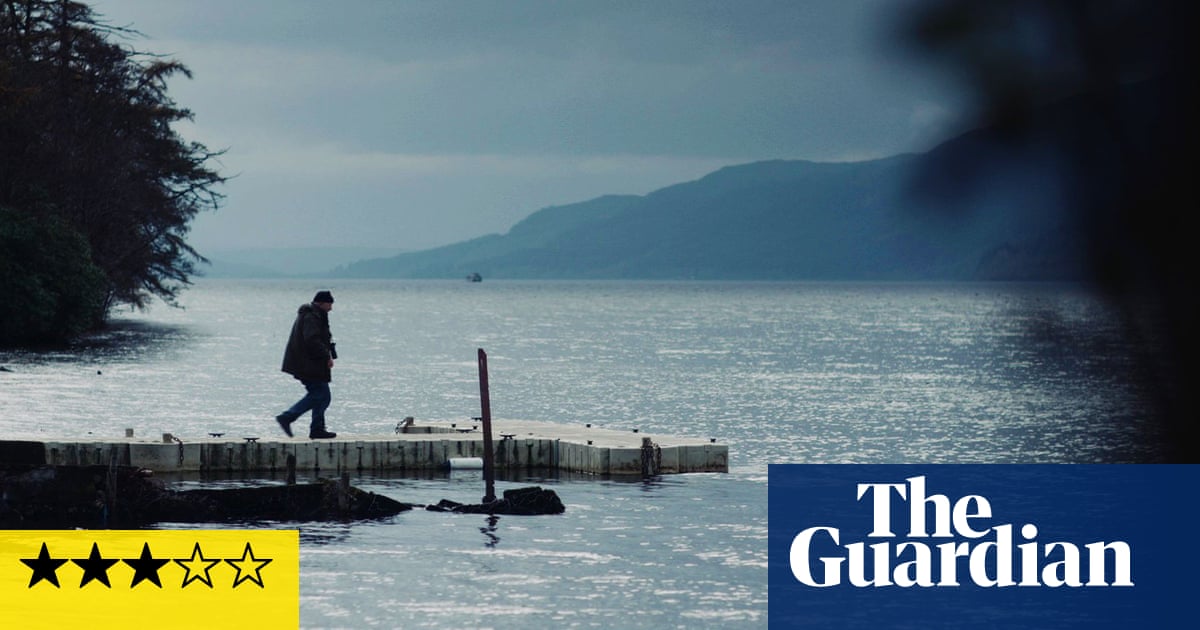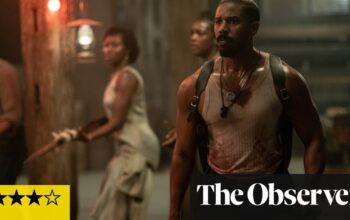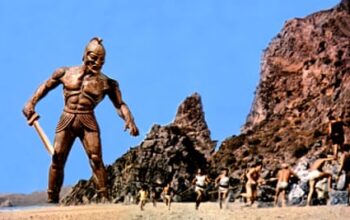
Here’s one for Nessie enthusiasts and cryptozoologists everywhere: a documentary about the monster-hunting frenzy at Loch Ness in the 1970s and 80s. “It was a race! It was zoological Mount Everest!” remembers one hunter. Someone else recalls reading that discovering the Loch Ness monster would be bigger than the moon landing. There’s even an old clip of David Attenborough on Michael Parkinson’s chat show discussing – with not a trace of scepticism – the search for a creature lurking in the deep dark waters.
When watching Loch Ness in the movie, and in real life, one thing that stands out is its size: 23 miles long and over 700ft deep. The people who searched for the monster in the 1970s can be divided into two groups, according to one of them. There were the army veterans, looking for excitement, and the hippie dropouts. Frank Searle belonged to the first group, a former soldier from London who lived in a caravan by the lake and claimed to have taken more photographs of Nessie than anyone else in history (although they were later proven to be fake). Searle left after a violent incident involving a Molotov cocktail and another monster hunter. (Searle denied any involvement in the incident.)
In the late 1970s, there were more people interested in monsters than there were midges by the loch. In 1960, Tim Dinsdale captured famous footage and spent almost 20 years trying to get a better glimpse of the creature. In 1974, American Robert Rines captured an image of a “flipper” underwater. A team of 20 people from Japan also arrived to investigate. The story is full of excitement and eccentric characters. Personally, I would have liked a broader overview, including more history of sightings and folklore surrounding Nessie. It would have been interesting to explore why mythical creatures capture our imagination. The brief interview with writer Marina Warner feels like a missed opportunity.
Source: theguardian.com


